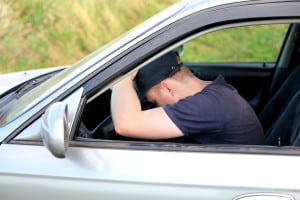 Sometimes, you misjudge the number of beers you just drank and you tried to start your car with an ignition interlock device (IID) installed. Of course, your interlock has gone into “lockout mode” where you cannot start your engine, and most importantly, you cannot drive while intoxicated. You may not even feel drunk, but, because of the low blood alcohol concentration (BAC) level your device is calibrated to detect, you aren’t driving anytime soon. But, how long will that be?
Sometimes, you misjudge the number of beers you just drank and you tried to start your car with an ignition interlock device (IID) installed. Of course, your interlock has gone into “lockout mode” where you cannot start your engine, and most importantly, you cannot drive while intoxicated. You may not even feel drunk, but, because of the low blood alcohol concentration (BAC) level your device is calibrated to detect, you aren’t driving anytime soon. But, how long will that be?
IIDs usually reset a few hours after a total interlock test failure. Until that time, you will not be able to start the vehicle, no matter what you do. Just lock your vehicle, sober up and start the waiting game. The device may alert your service provider, the court, DMV or other authority if you have a lockout due to your BAC level, as well.
While highly unlikely unless you are drinking while driving, your IID can also go into lockout mode during a “rolling re-test.” If you fail an ignition interlock test while driving, remember to stay calm and pull over to a safe place as soon as possible. Most ignition interlock devices will cause your vehicle’s lights to flicker and/or activate the horn with a test failure, but don’t be alarmed; your vehicle will not shut down immediately. You will have enough time to safely park before turning off the engine and waiting out the “lockout” period.
Getting locked out or being unable to drive your vehicle after an interlock test failure can be embarrassing, but it shows the device is doing its job by keeping you and those around you safe. Nobody likes to wait, but, with a failed ignition interlock test the time it takes you to sober up can save lives and even show you that “one for the road” is the last thing you need before you drive home.

Leave a Reply
You must be logged in to post a comment.